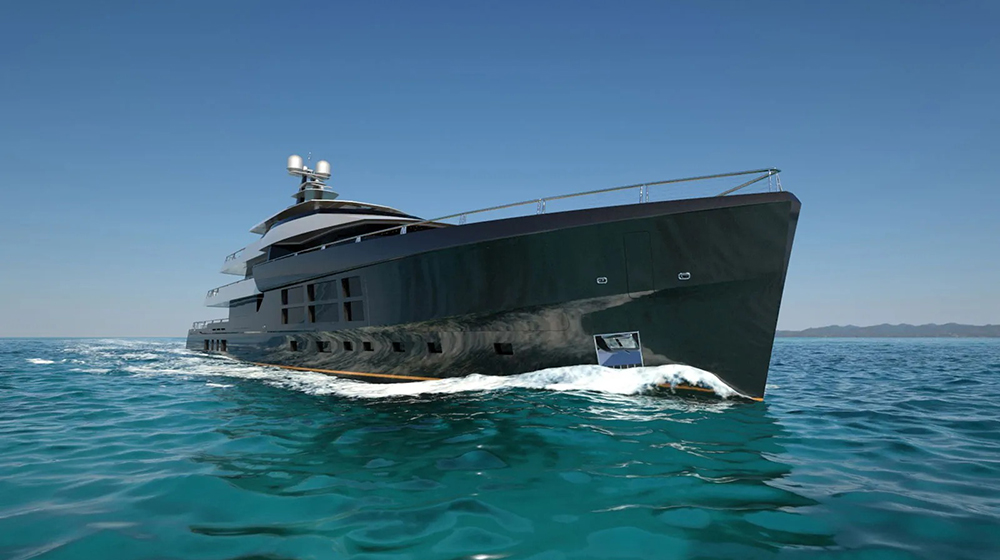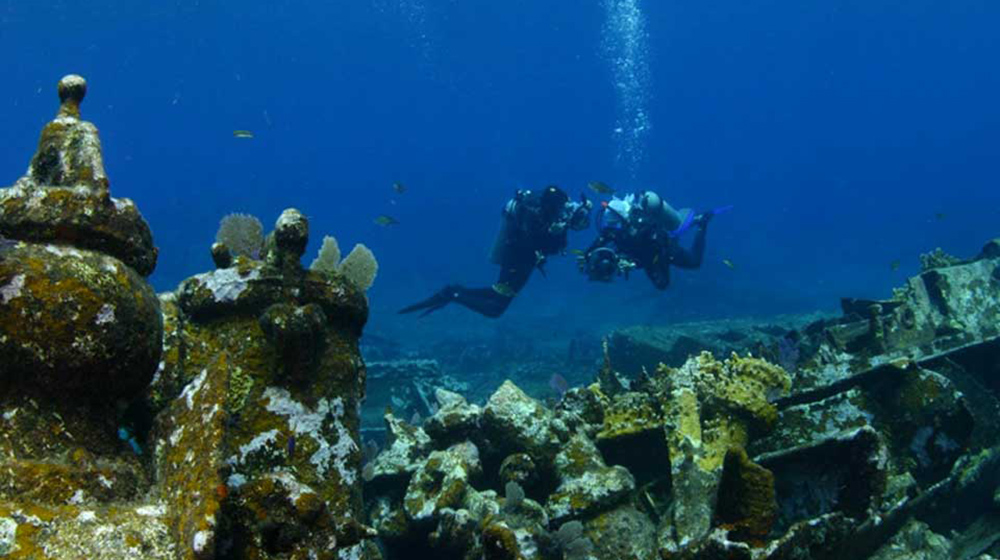
Scientists find mountains of sugar beneath the ocean
These colossal reserves of sugar are equivalent to 32 billion cans of Coca-Cola’s sweetness, and they are hiding in the seabed.
Seagrass: an efficient way to reduce our carbon footprint
We can now confirm the ocean has a sweet spot, and this is thanks to seagrasses. Coastal areas around the world are home to green meadows, flowering plants growing in marine environments.
These are extremely particular: one square kilometer of seagrass stores almost twice as much amount of carbon as land-based forests, doing so 35 times faster. This means seagrass is one of the most efficient ways to sink carbon dioxide on Earth.
Related article: The new Ocean Battery will store renewable energy underwater
However, this is not the only remarkable thing about seagrass. According to a new study, seagrass ecosystems accumulate incredible concentrations of sugar - nearly 80 times higher than previously observed in marine environments. This holds a major implication for mitigating climate change and carbon storage.
What is seagrass?
Seagrasses are the only flowering plant that is able to grow in marine environments. There are about 60 different species of marine seagrasses, belonging to four families (Zosteraceae, Posidoniaceae, Hydrocharitaceae and Cymodoceaceae). They have evolved from terrestrial plants, recolonizing the ocean around 70 to 100 million years ago.
The term seagrass originates from the species that have long and narrow leaves, growing in the rhizome extension (rhizosphere)and spreading across large “meadows” that resemble grasslands.
As they form these dense underwater meadows, they are among the most productive and efficient ecosystems in the world. They function as important carbon sinks at the time they provide habitats and food for a great diversity of marine life, comparable to coral reefs.
Sweet Seagrass O’Mine
According to the study, it has been discovered that seagrass releases immense amounts of sugar into their soils, also known as the rhizosphere. This makes sugar concentrations at least 80 times higher than previously measured.
Scientists who made this claim are from the Max Planck Institute for Marine Microbiology in Bremen, Germany. The study was published in the journal Nature Ecology & Evolution. Manuel Liebeke, head of the Research Group Metabolic Interactions at the Max Planck Institute for Marine Microbiology said in a press release:
“To put this into perspective: We estimate that worldwide there are between 0.6 and 1.3 million tons of sugar, mainly in the form of sucrose, in the seagrass rhizosphere. That is roughly comparable to the amount of sugar in 32 billion cans of coke!”
Sugary photosynthesis
This is due to photosynthesis, as seagrasses produce sugar during the process. Most of the sugar used by these plants is used for their metabolism and to aid growth under average light conditions. However, under high light conditions (midday or during the summer), plants produce more sugar than they can store, releasing the excess sucrose into the rhizosphere.
So, why is sucrose stored in the seabed instead of being consumed by microorganisms? Researchers of this investigation spent a long time trying to figure this out, but they realised seagrasses release phenolic compounds to their sediments.
Phenolic compounds can be found in red wine, fruits or coffee, and are antimicrobials and can inhibit the metabolism of most microorganisms.
“In our experiments, we added phenolics isolated from seagrass to the microorganisms in the seagrass rhizosphere - and indeed, much less sucrose was consumed compared to when no phenolics were present.” -Maggie Sogin, first author.
Endangered habitat
Although seagrasses are carbon storage powerhouses that can help our climate concerns, they are also one of the most threatened habitats on Earth. The study has highlighted the importance of conserving seagrass meadows:
“Looking at how much blue carbon - that is carbon captured by the world’s ocean and coastal ecosystems - is lost when seagrass communities are decimated, our research clearly shows: It is not only the seagrass itself but also the large amounts of sucrose underneath live seagrasses that would result in a loss of stored carbon,” -Liebeke
According to the researchers, if the sucrose in the seagrass rhizosphere was degraded by microbes, at least 1,54 million tons of carbon dioxide would be released into the atmosphere worldwide. This would be the equivalent carbon dioxide emitted by 330,000 cars in a year.
While rainforests store carbon for decades, seagrass is able to store it for centuries, however, seagrasses are disappearing at alarming rates, with annual losses that go up to 7% in some areas. So far, about a third of the world’s seagrass may have been lost already.
“We do not know as much about seagrass as we do about land-based habitats. Our study contributes to our understanding of one of the most critical coastal habitats on our planet, and highlights how important it is to preserve these blue carbon ecosystems.” -Sogin
If you want to read the study you can find it here. Follow Nautical Channel on social media for similar news: we are on Facebook, Instagram and Twitter!













_v2.svg)
_v2.svg)









_v2.svg)


